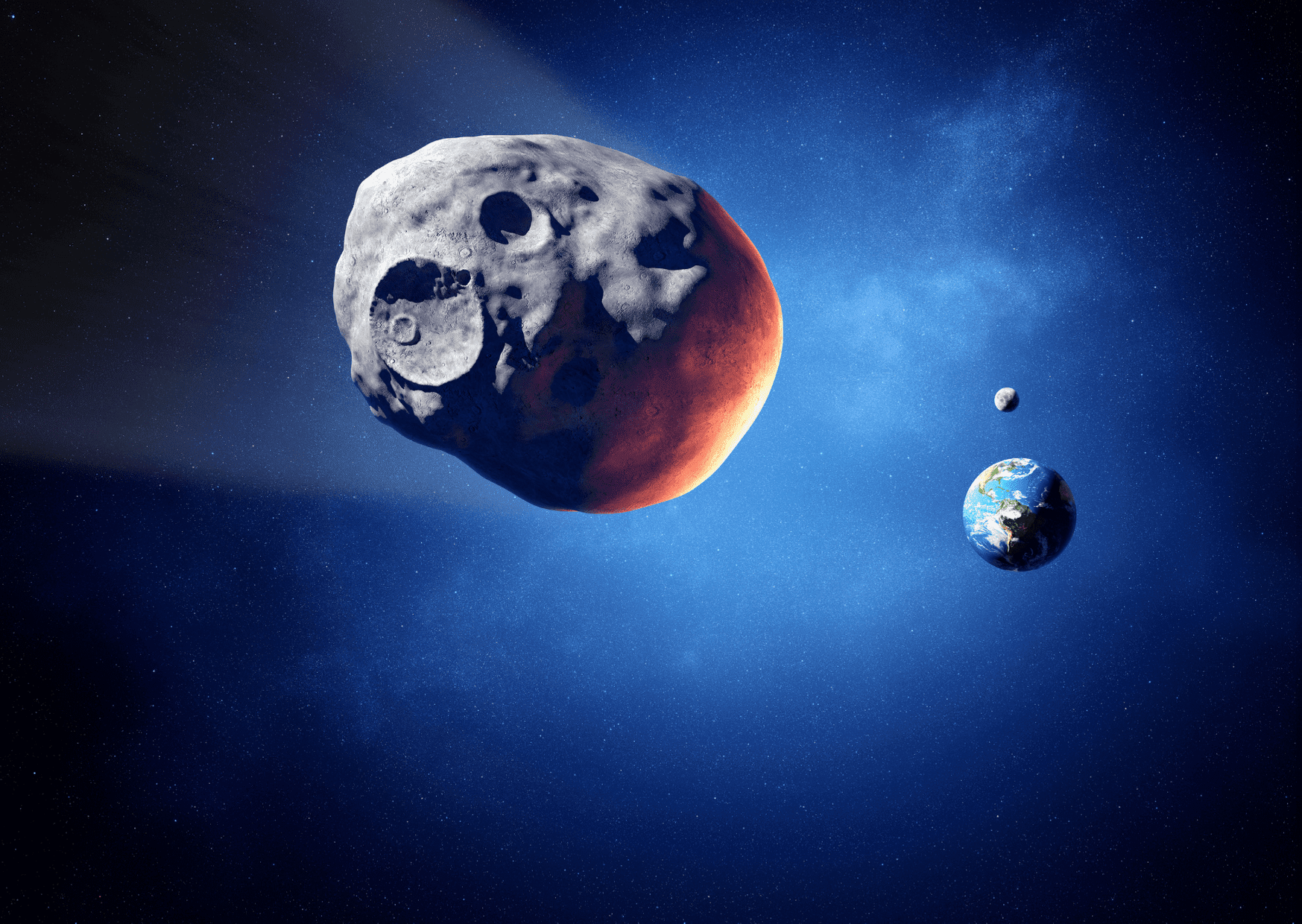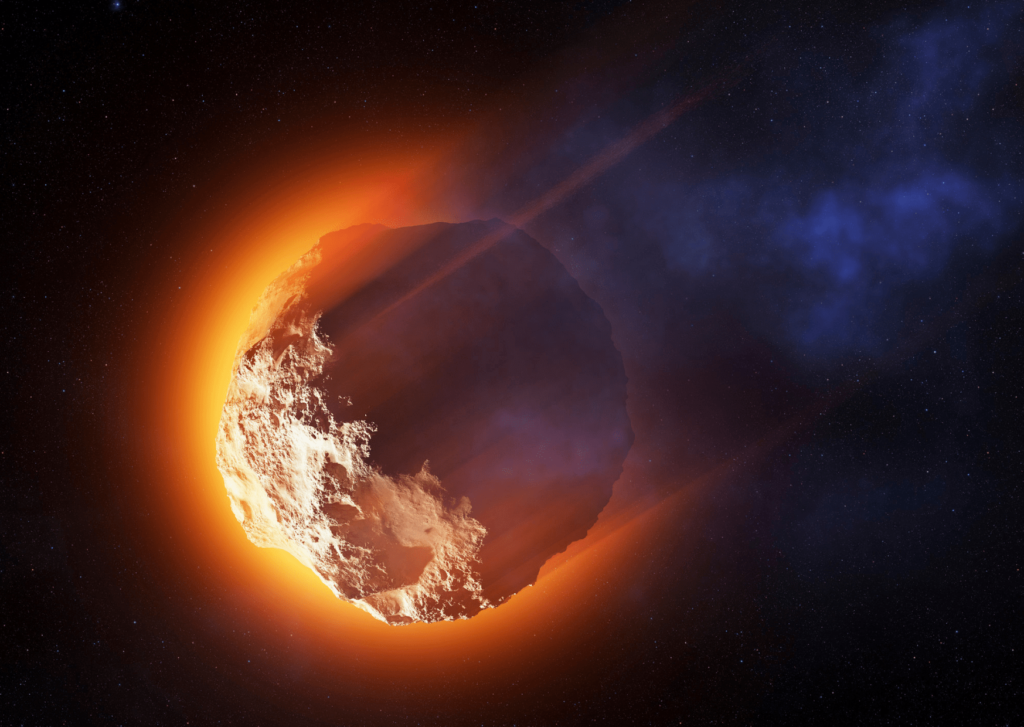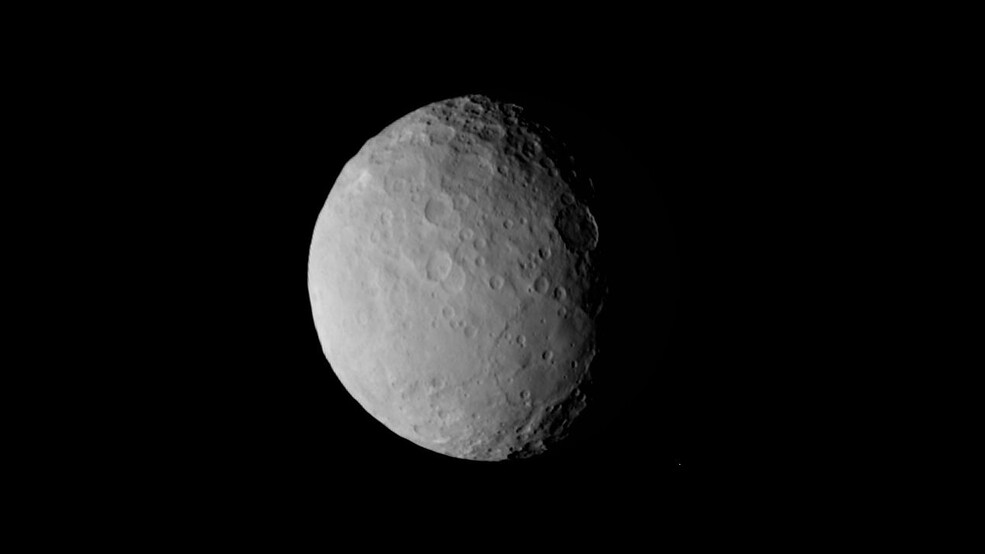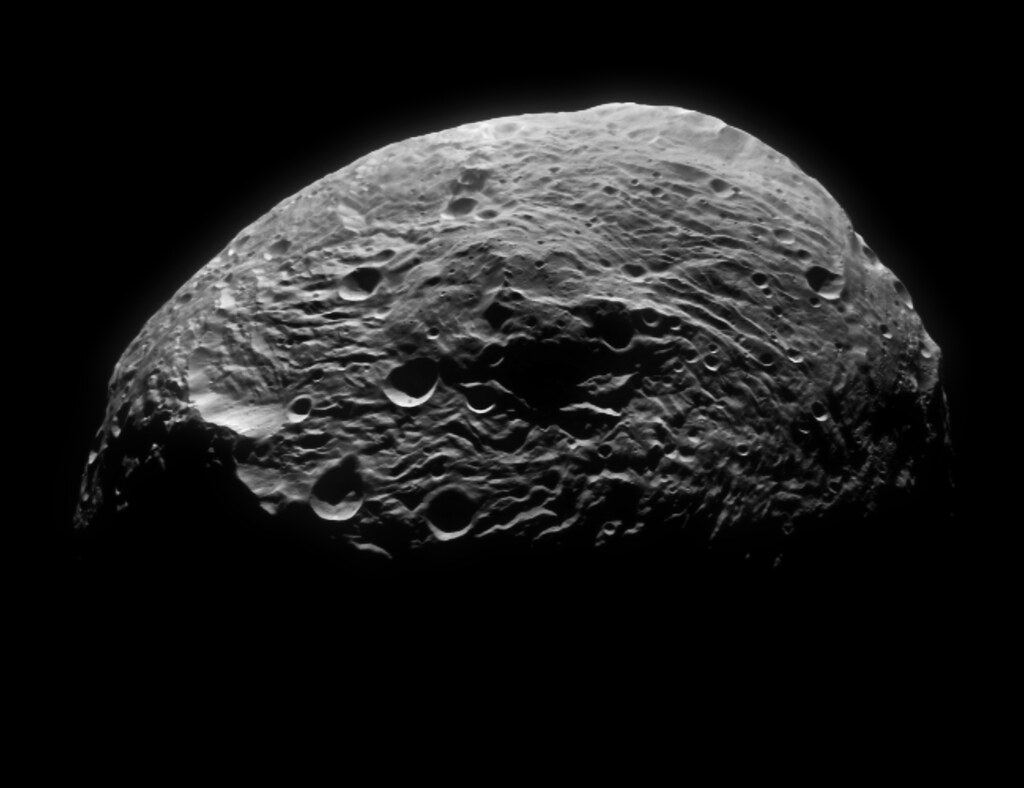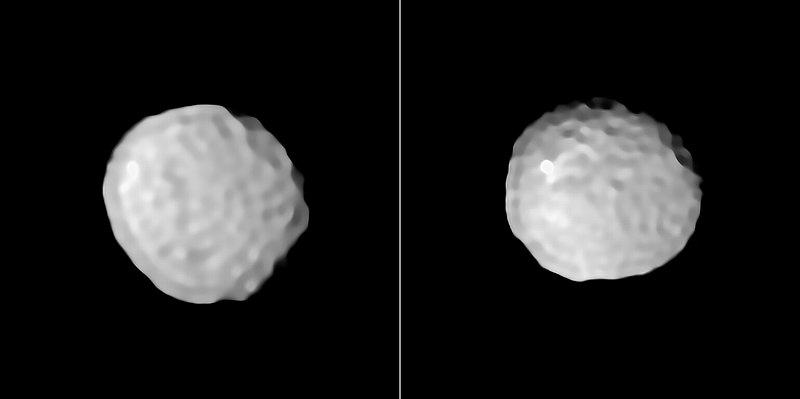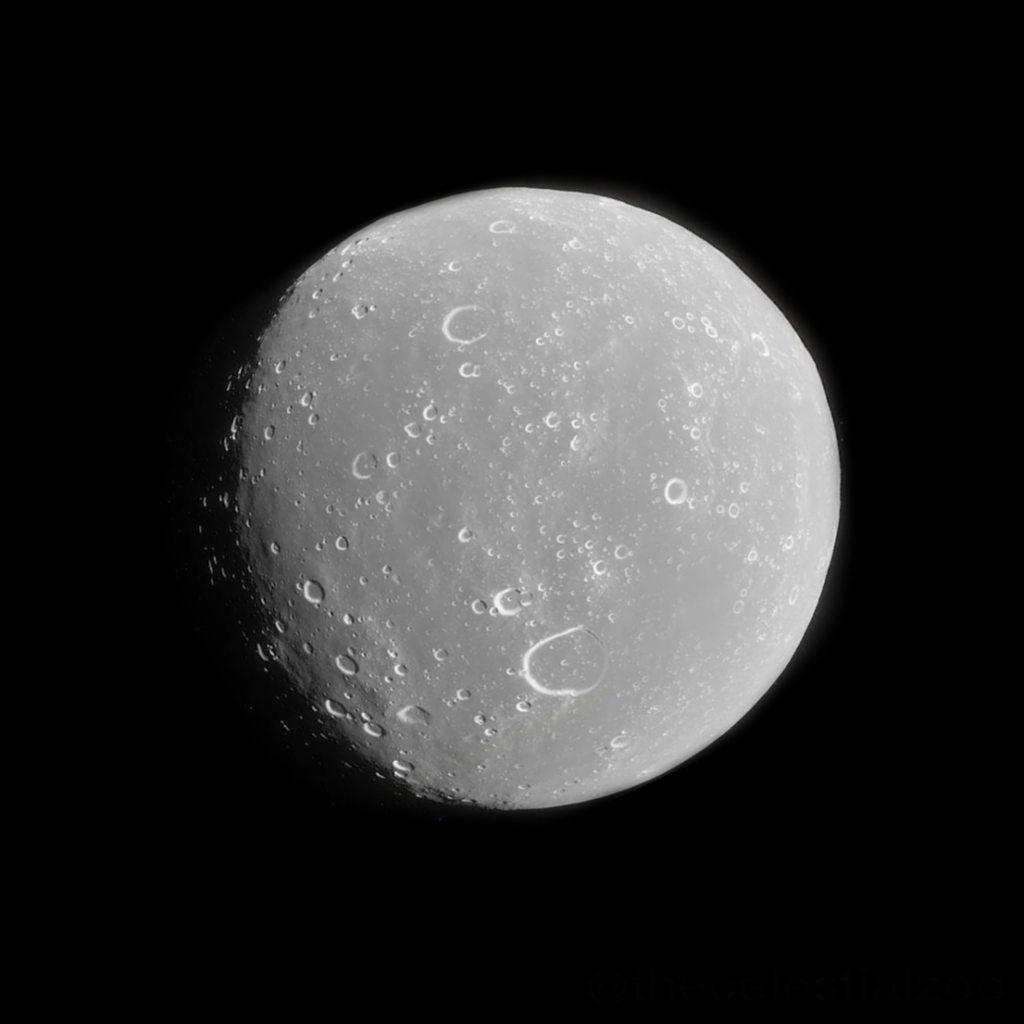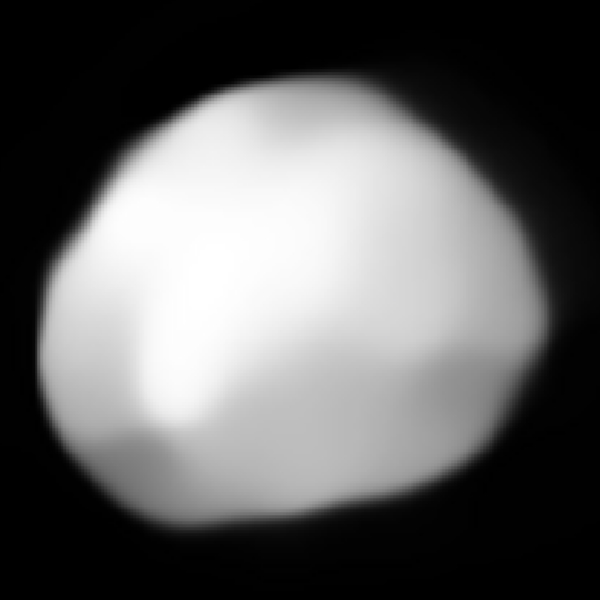We all have heard about different types of celestial bodies in space. Planets, comets, meteors, asteroids are some of the celestial bodies found in space. One such important celestial body is the Asteroids. In this article, we are going to know what are Asteroids, how they are different from other bodies like planets, what is the approximate diameter of the largest asteroid and many other questions.
What you will know in this article:
- What is an asteroid?
- How are asteroids formed?
- Where are asteroids found?
- What are the types of asteroids?
- What are the largest asteroids in our solar system?
- What are some facts about Asteroids?
- Conclusion
What is an asteroid?
An asteroid is a celestial body that revolves around the Sun and is small in size for being a planet. There are millions of asteroids with size ranging from few feet to hundreds of kilometres. For their small size as compared to planets, they are also called planetoids or minor planets.
The total masses of all the asteroids is less than our moon. Asteroids continuously keep hitting the Earth and will keep striking in the future. But most of the asteroids burn midway and never reach the surface of Earth.
They can be of different shapes, some of them can be irregularly shaped while some are spherical. Along with their revolution around the Sun, the asteroids also rotate around their axis. Sometimes, they tumble due to this movement. On average, asteroids have very harsh weather with average temperatures being -100 degree Celsius. How are asteroids formed?
How are asteroids formed?
The formation of asteroids took place during the formation of the solar system nearly 4.6 billion years ago. They formed from the protoplanetary disk surrounding the Sun, but they never have mass large enough like planets.
Where are asteroids found?
A large collection of asteroids that stay together in a region form an asteroid belt. Currently, there is only one known asteroid belt in our solar system. It is between the orbits of Mars and Jupiter. Most of the asteroids are in this Asteroid belt. The largest asteroid, Ceres is also found in this belt.
The asteroids located in this belt are supposedly sources of huge quantities of fossil fuels. This could be very beneficial for the human race by collecting more information about them. But researchers have a keen eye on them as they tell us a lot about the formation of the solar system and planets, billions of years ago.
What are the types of asteroids?
The asteroids are broadly classified into three main categories:
- The C-type asteroids
These asteroids are grey in colour and are also termed carbonaceous asteroids. They are the most common asteroids constituting more than 75% of the total asteroids. They compose of carbon compounds, majorly clay and silicate rocks.
- The S-type asteroids
Or the silicaceous asteroids, which are reddish to greenish in colour. They consist of silica materials and constitute 17% of the total known count of asteroids.
- The M-type asteroids
The Metallic asteroids make up the middle region of the asteroid belt, accounting for the rest of the known asteroids. They are reddish in colour due to the high metallic content in them and seem to be made of nickel-iron.
What are the largest asteroids in our solar system?
A majority of the large asteroids lie in the asteroid belt between Mars and Jupiter. Some of the largest asteroids are:
1. Ceres
The largest asteroid, located in the asteroid belt, Ceres is now declared a dwarf planet. It is the only dwarf planet in our solar system. It comprises a quarter of the total mass of the asteroid belt but still is 14 times smaller than Pluto. It has a diameter of around 945 kilometres, which makes it the largest asteroid. It takes 4.6 Earth years to complete one revolution around the Sun. In 2006, due to its larger size than the other asteroids, it was classified as a dwarf planet.
2. Vesta
It is the second-largest asteroid in the solar system with a diameter of 525 kilometres. It constitutes about 10% of the total mass of the asteroid belt. It is nearly spherical in shape and is thus in consideration a dwarf planet. It is the brightest asteroid in our solar system. It has a tilt of 29 degrees along its axis and has an orbital time of 3.63 years.
3 Pallas
The third-largest asteroid in our solar system, Pallas covers about 7% of the total mass of the asteroid belt. It has a diameter of 512 kilometres and also is one of those in considerations to be termed as a dwarf planet.
4. Hygiea
It is the fourth-largest asteroid in the solar system with a diameter between 350 to 500 km. It is a C-type asteroid and is also under consideration as a dwarf planet. It orbits the Sun in 5.56 years and covers a rotation around its axis in just 13.83 hours.
5. Interamnia
Intermania has a diameter of 350 km and makes up 1.2% of the total mass of the asteroid belt. It takes up the fifth spot in the list of the largest asteroids.
What are some facts about Asteroids?
- The first asteroid was discovered in 1801 by Guiseppe Piazzi. Coincidentally, it is the largest asteroid known till now, Ceres. It has a diameter of nearly 950 kilometres.
- William Herschel coined the term asteroid in 1802 which means star-like.
- Currently, there are nearly 1 million known asteroids in our solar system.
- The smallest asteroid, named 1991 BA is only 6 metres in size.
- Around 66 million years ago, a frightening incident took place. An asteroid impact caused a chain reaction, leading to the extinction of dinosaurs on Earth.
- In 2013, scientists discovered an asteroid named Chariklo, which has two rings around it.
Conclusion
Asteroids are celestial creatures that are smaller than planets in mass and size. They are of different shapes and sizes. Most of the asteroids do not even reach the surface of Earth because they burn midway. Till now, there have been around a million asteroids discovered.
Among all of them, Ceres has an approximate diameter of 945 kilometres, which makes it the largest asteroid in our solar system. Following Ceres in the list of largest asteroid, are Vesta, Pallas, Hygiea and Interamnia. They are the largest asteroids and are in considerations to be termed dwarf planets. In fact, Ceres has been declared a dwarf planet due to its size.
Recent posts:
